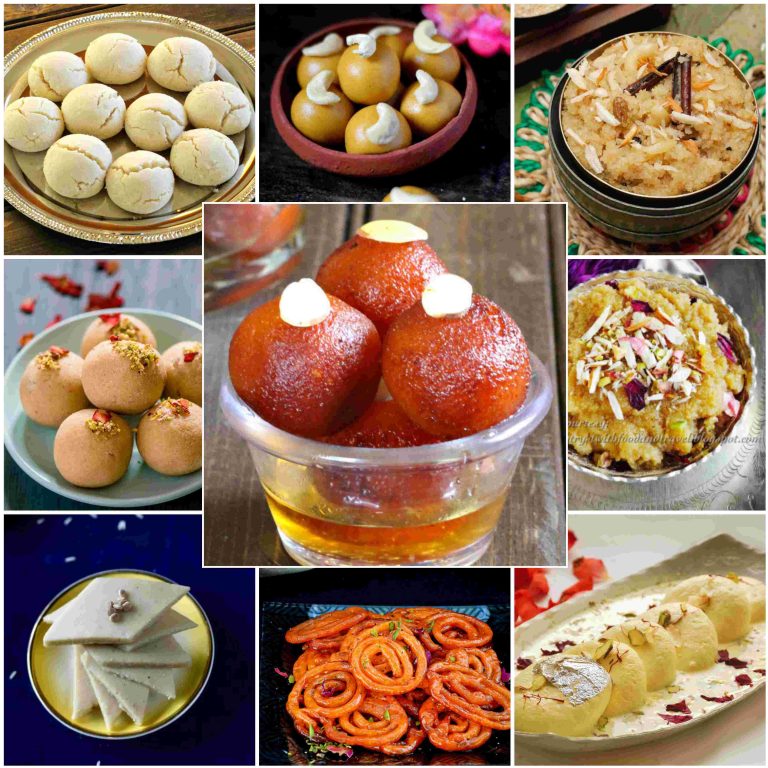Indian Sweets

Indians are known for their unique taste and experimental behavior when it comes to food. Many Indian desserts are fried foods made with sugar, milk or condensed milk. Ingredients and preferred types of dessert vary by region. In the eastern part of India, for example, most are based on milk products. Most Indian desserts taste sweet because they are made from a mixture of dairy and sugar. Some dishes can also be sour in nature because of the presence of tropical fruits such as mangoes and lemons, while others may be savory due to the usage of spices like saffron and cardamom. Indian desserts come in many textures. Mithais, or sweet treats, are an integral part of Indian cuisine. While they’re enjoyed during a hearty meal, sweets and desserts are also central to Indian festivals. Some of these, like laddu, originated in ancient India, but many of them were introduced to the country by the Mughal rulers who came from Persia.
All mithai—a Hindi/Urdu word for sweets—are made with some combination of flour, sugar, nuts, legumes, and milk or khoya (a semi-solid dairy product made by slowly boiling milk until it thickens), and then often enhanced with cardamom, rose water, or saffron Every state of India has its specialty in sweet. Let’s say, the most loved sweet from Kolkata is Rasgulla. Bengal is famous for many popular Indian sweets. But none of them can beat the popularity of Rasgulla. Sweets are part of any Indian celebration or festivity of any kind. They are prepared in Indian households not only for special feasts and occasions, but also for simple celebrations like birthdays, anniversaries, graduations or even any other concocted reason. If you are an Indian, then I can not believe that you’ve never had the pleasure of tasting Gulab Jamun. Officially the most loved dessert in India, Gulab Jamun has a fan base of its own. The funny thing is, the base of Gulab Jamun is actually not Indian.